After the success of Fallout, Prime Video offers another screen adaptation of one of gaming’s biggest beasts: Sega’s Yakuza/Like a Dragon. But has it captured the franchise’s essence?
Like a Dragon: Yakuza series 1 review
- Produced by: Amazon MGM Studios, Wild Sheep Content, 1212 Entertainment
- Released via: Prime Video
- Availability: Episodes 1-3 available on Prime Video now. Eps. 4-6 launch October 31st
To a casual observer, adapting Ryu Ga Gotoku Studio’s swaggering action-RPG looks like a much more straightforward, greenscreen-free proposition. No need to build clanking mech armour or deploy CGI sleight-of-hand to convincingly remove your leading man’s nose. The Yakuza brand started out as a contemporary street-level Tokyo crime saga, albeit one capable of reaching operatic heights of melodrama. Thanks to an obsessive amount of architectural and anthropological detail, its fictional setting of Kamurocho has always felt palpably real, from the iconic red gate on Tenkaichi Street to the tight, cluttered warren of the Champion District.
So far, so quotidian. But anyone who has sunk dozens of hours into a Yakuza game knows that there is much more to it than just a hard-boiled crime story, wince-inducing combat and an unparalleled sense of place. There’s all the secondary stuff that can end up monopolising your time: the sidequests assisting eccentric locals; the claw machines and arcade cabinets of Club SEGA; the (incentivised) urge to try every delectable-looking dish in Kamurocho’s smorgasbord of restaurants. Around every corner, another potential distraction.
For many fans, it feels like the Yakuza sweet spot is probably somewhere between smashing a street punk in the face with a giant traffic cone and accruing the right mix of slot car components to convincingly win a Pocket Circuit race. To get the most out of the screen adaptation, though, it is probably best to recalibrate expectations. Put down that karaoke microphone, set aside the more recent, proudly outlandish Like a Dragon entries and spool your mind back to the earliest, grittiest days of the franchise.
The touchstone here is the original Playstation 2 game from 2005, although thanks to the polished and highly popular 2016 remake Yakuza Kiwami the plot setup feels fresher in the memory than that 20-year-old provenance might suggest. The game was primarily set in 2005, with disgraced yakuza Kazuma Kiryu back on the streets after ten years in the slammer. After the disappearance of a vast amount of yakuza funds, Kiryu was tasked with recovering the missing dough before Kamurocho was engulfed by all-out gang war. This lanky urban ronin awkwardly reconnected with old allies and enemies along the way.
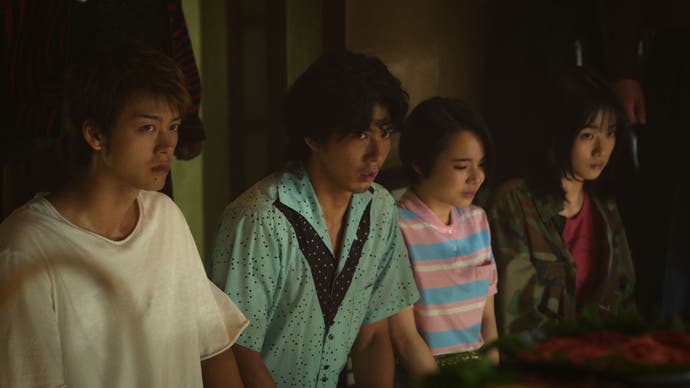
The new six-part screen adaptation – produced in Japan with the blessing of Ryu Ga Gotoku Studio head Masayoshi Yokoyama – builds out that story into two distinct timelines while lightly remixing some of the plot elements and characters. More emphasis is put on Kiryu’s formative friendships at the Sunflower Orphanage: in 1995, we are introduced to reckless youngsters Kiryu (Ryoma Takeuchi), Nishiki (Kento Kaku), Yumi (Yumi Kawai) and Nishiki’s younger sister Miho (Hinano Nakayama) in the middle of a scrappy heist. This raid on a Kamurocho arcade also efficiently establishes the outlaw spirit of the setting for anyone unfamiliar. (While trying to pick a lock, Nishiki is interrupted by a security guard hefting a shotgun. “Why do you have that!?” wails Nishiki. “Because this is Kamurocho,” replies the guard, matter-of-factly.)
The fallout from that robbery entangles the gang with the Dojima family who control the district, setting all of their young lives on dangerous new paths. Fast-forward to 2005 and a chiselled, stoic Kiryu – who seems to have spent much of his decade in jail shadowboxing in a cramped cell – is released at the behest of local law enforcement. His yakuza hinterland makes him well-placed to investigate the audacious theft of 10 billion yen from the powerful Omi Clan. If that’s not enough for Kiryu to be getting on with, there is also a demonic serial killer carving pentagrams into their victims and the prospect of a frosty reunion with Nishiki and Yumi, who have matured into sleek but emotionally detached power players.
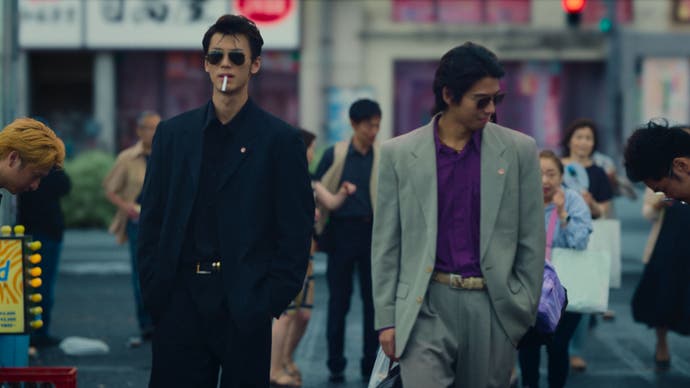
The 1995 story thread is much more involved than just a brief string of flashbacks designed to inform what happens in 2005. We get the two-fisted origin story of Kiryu’s back tattoo, the violent deal-making that led to the construction of Kamurocho landmark the Millenium Tower – given some extra gravity-defying bulbousness in this version – and a close-to-home medical crisis that runs through the later episodes like a hissing fuse. The stakes and tension are similarly cranked up every time we crosscut to 2005. Kiryu has barely bought a suitable post-prison ensemble – a familiar silvery-white suit and open red shirt – before everyone is making demands of him. There are so many ultimatums and deadlines flying around that even if there were a Virtua Fighter 2 cabinet in sight there wouldn’t be any chance for Kiryu to play it.
So that’s what it boils down to: a highly authentic Yakuza experience, but mostly laser-focused on story mode. That might ignore the game’s pleasures of just mucking about in the back alleys and batting cages of Kamurocho but it is entirely faithful to the heightened emotions, dramatic plot reversals and skull-cracking action of the source material. It also builds up an impressive head of steam as it thunders toward a large-scale but psychologically cathartic finale.
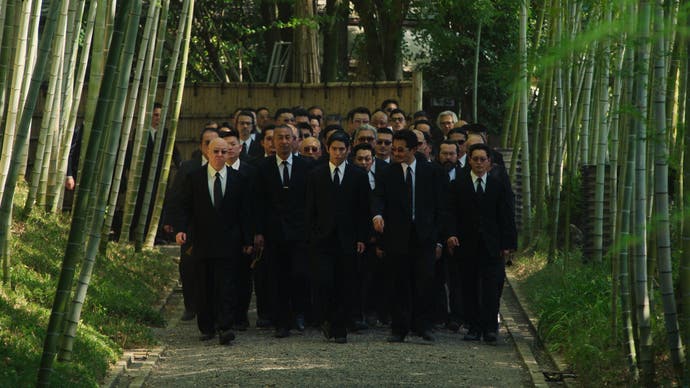
There are other satisfactions to be found. Takeuchi may look heartbreakingly young and reckless as Kiryu in the early running but in 2005 he radiates poise, even with that distinctive, slightly wispy goatee. Before the end of the first episode he has rightfully had his first encounter with a sloppily-dressed group of overconfident thugs, dragging one poor dude’s face across a concrete wall with intensity familiar fashion, nodding to the game’s signature Heat Action moves.
The series has also captured something of the anarchic spirit of the source material. A meaningful scene between two key characters in Kamurocho’s busiest square is shot so a snoozing drunk is foregrounded. When we belatedly get to see the heist that has the Omi Clan on the warpath, one of the perps seems to amuse themselves by parping on a hostage. And it helps that there are some short but impactful glimpses of frisky frenemy Goro Majima (played by Munetaka Aoki, who has an excellent handle on the Mad Dog’s volatile vibe).
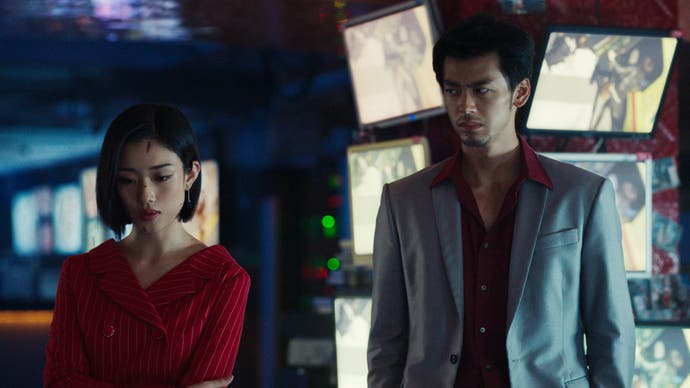
One blink-and-you-might-miss it example that really sold me on this version: as the younger Kiryu was building his formidable reputation in an underground fight club so shabby you could practically smell the blood, an elevated panning camera shot caught a grand piano situated not far from the soggy mats that constituted the ring. That juxtaposition of bloody, no-holds-barred combat and ostentatious high culture felt like something you might see in an imperial phase Yakuza game. I can think of no higher praise.
fbq('init', '560747571485047');
fbq('track', 'PageView'); window.facebookPixelsDone = true;
window.dispatchEvent(new Event('BrockmanFacebookPixelsEnabled')); }
window.addEventListener('BrockmanTargetingCookiesAllowed', appendFacebookPixels);
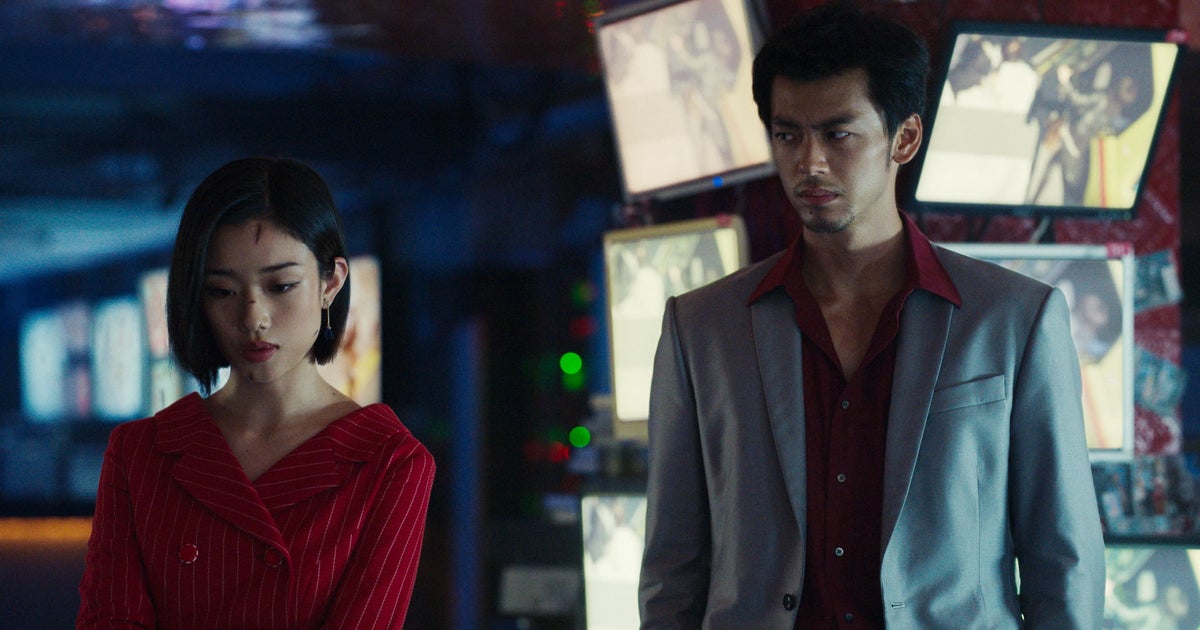
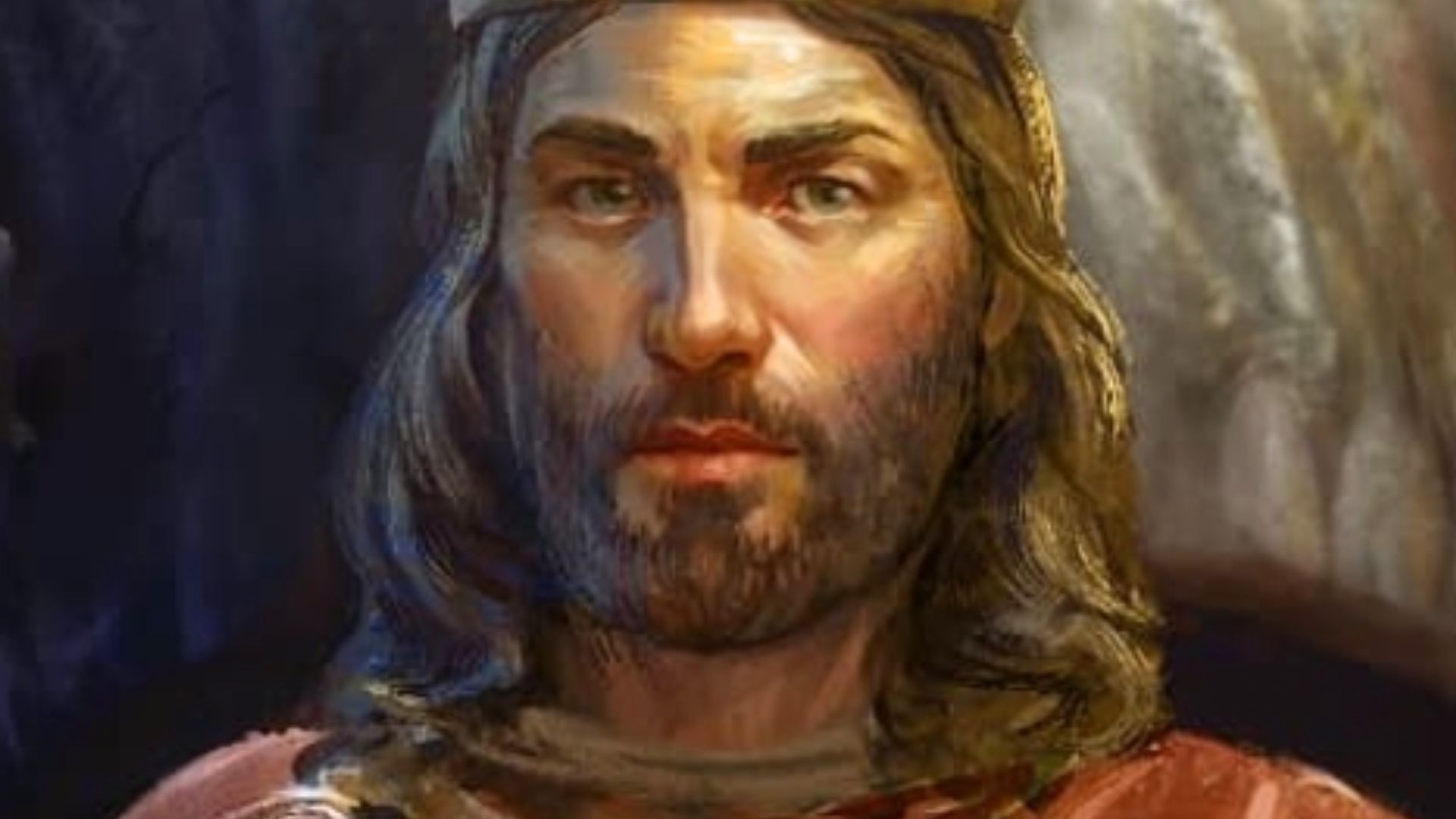
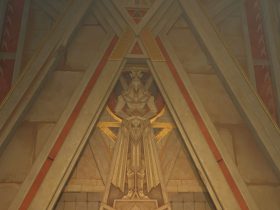


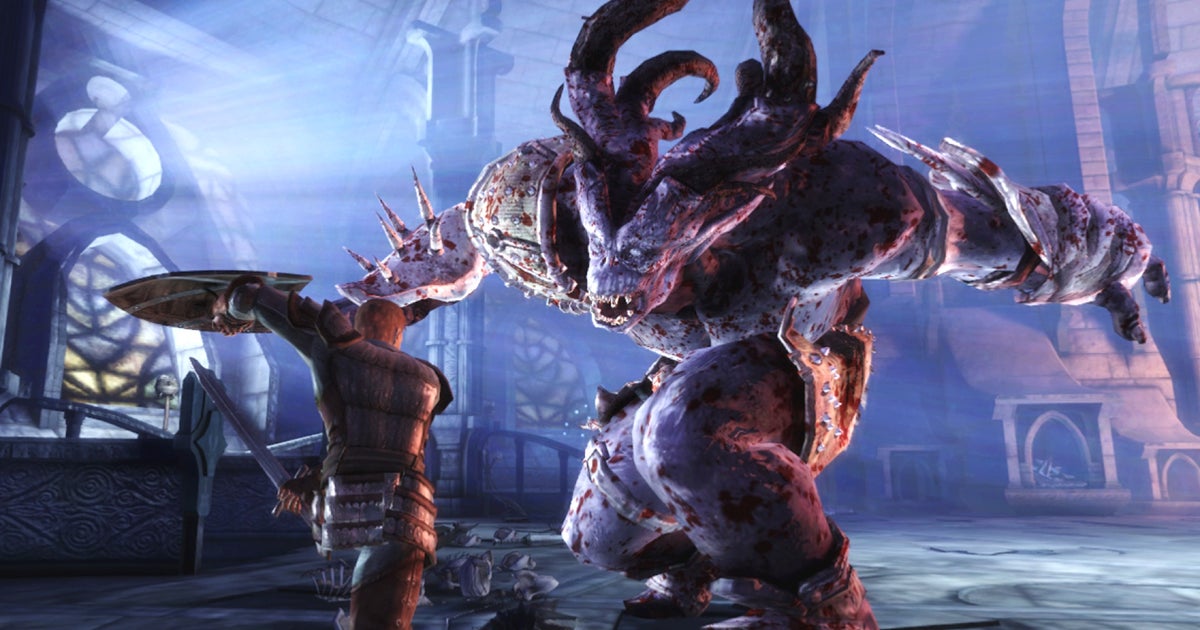

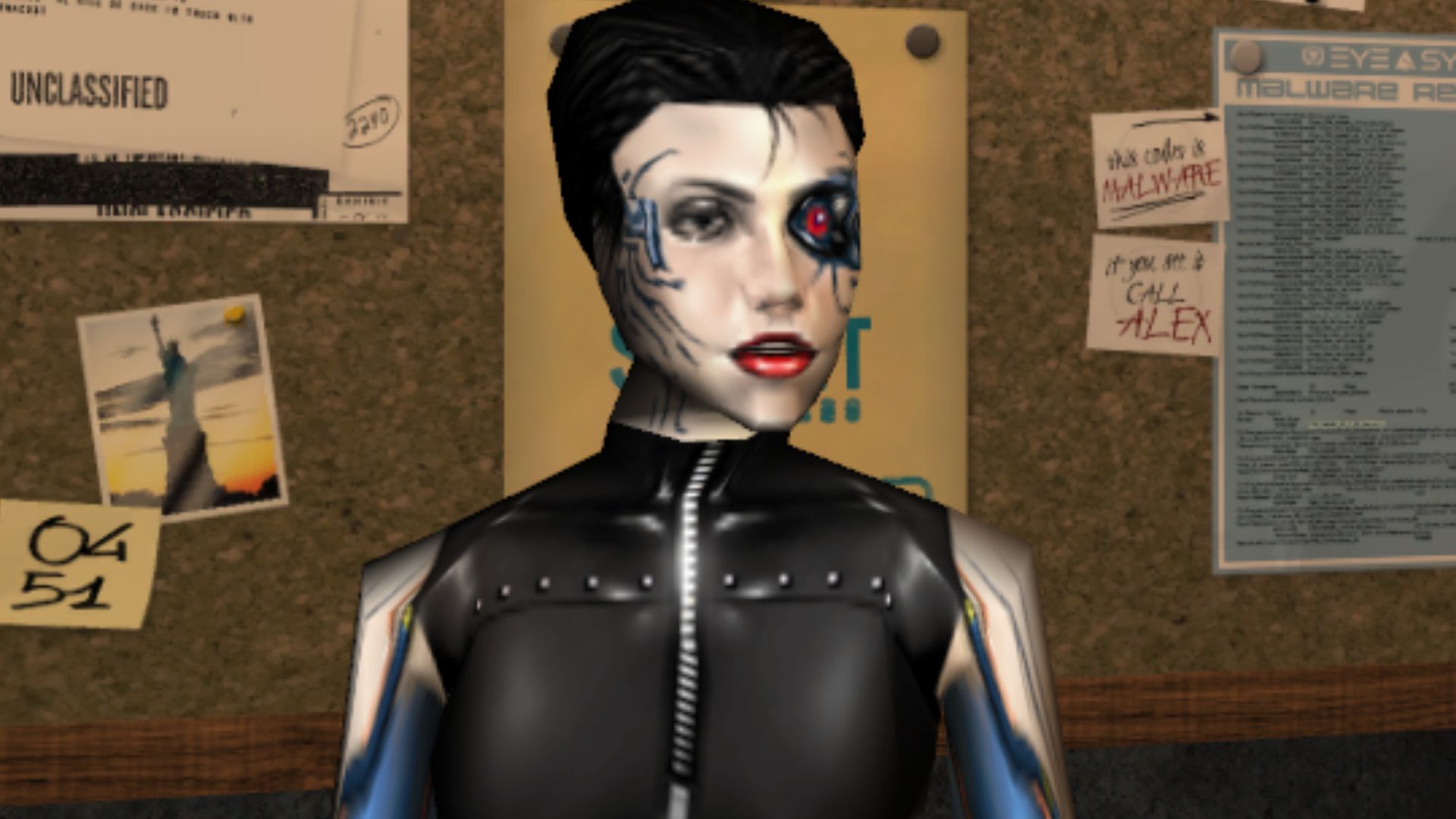

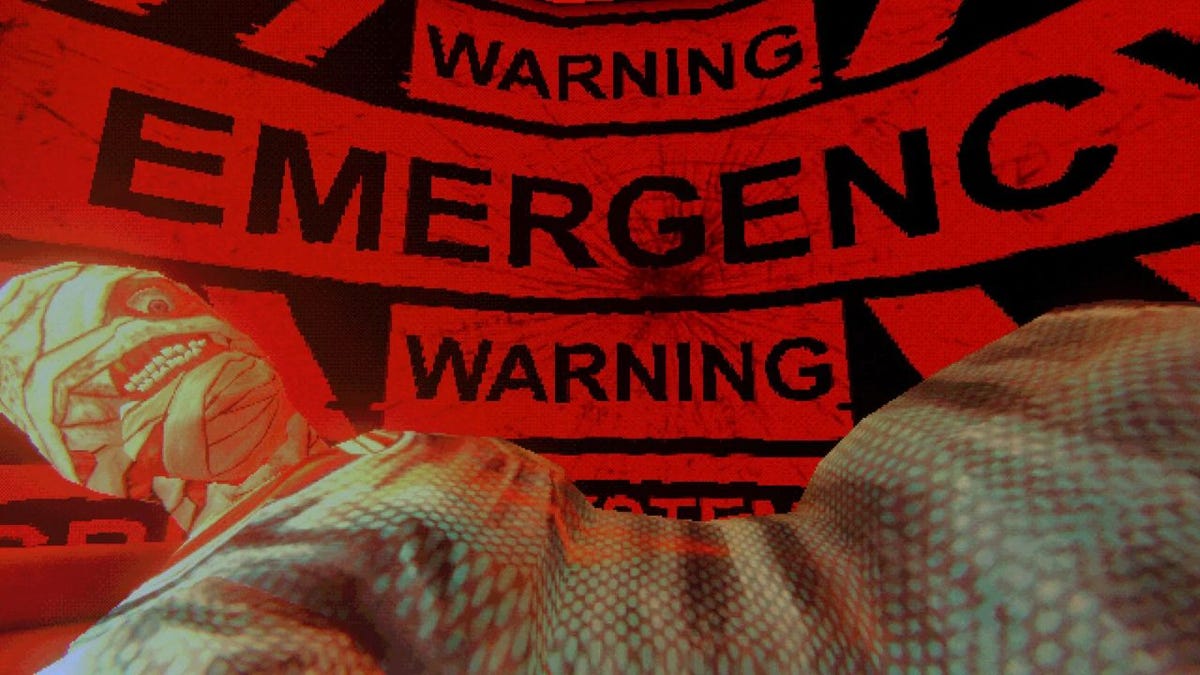
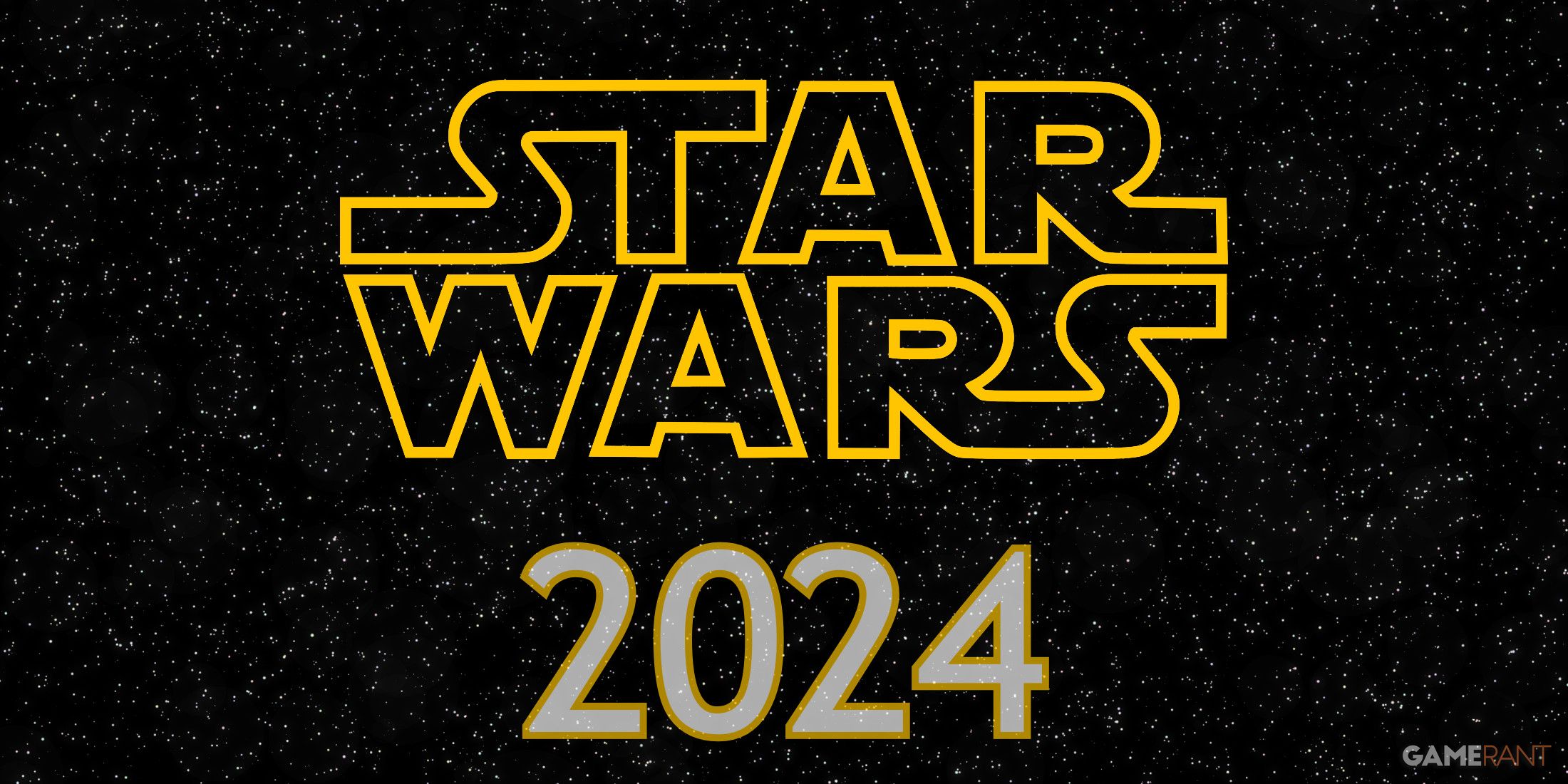
Leave a Reply